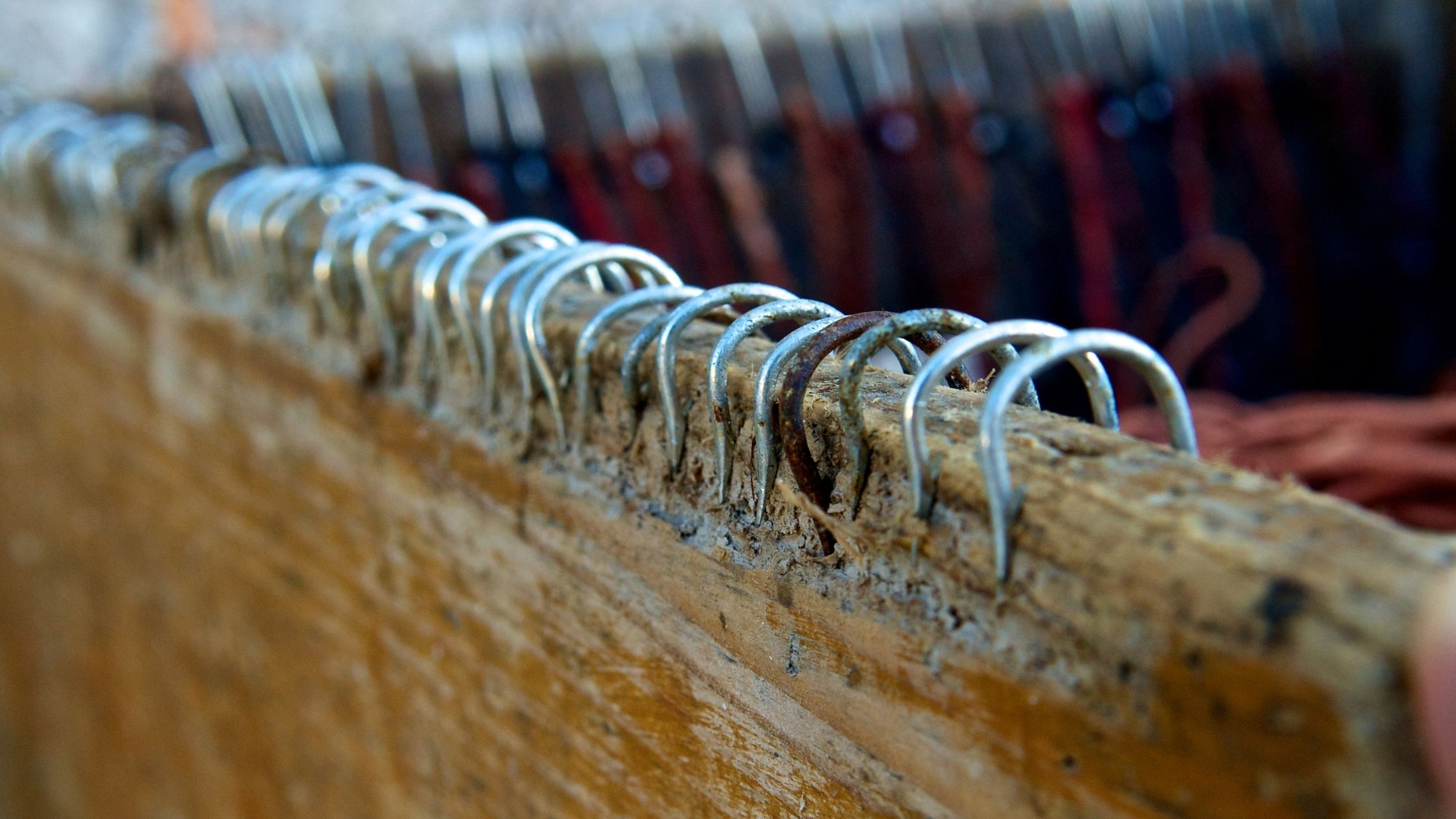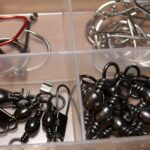When it comes to fishing hooks, there are also plenty of options for you to choose from. While the traditional hook is a rather simple tool that has been used since the very beginning, you will find other modern alternatives as well. Most of these are made from robust and durable materials and are available in a variety of shapes and sizes.
Shop NowDifferent Types of Fishing Hooks And How To Choose Them
As you gain more fishing experience, you are bound to find yourself searching for more sophisticated hooks. Selecting a hook can be an enjoyable but challenging process. If you have a fish in mind that you haven’t managed to get hold of yet, here are some factors that can help you select the right hook:
Know The Anatomy of a Fishing Hook
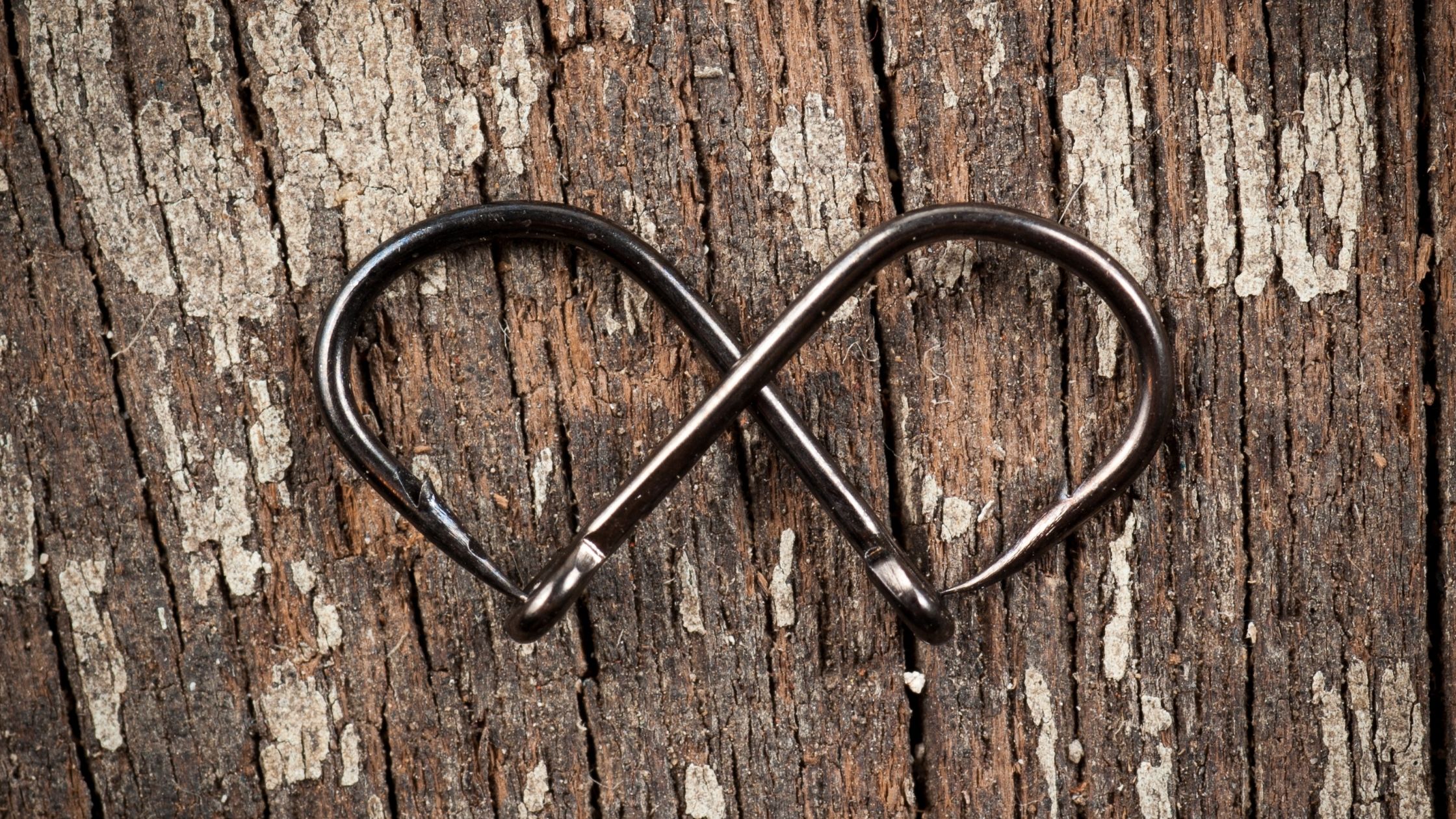
In order to choose the best hook for catching the fish you want, it is important to first understand its anatomy. Here is a breakdown of different parts of a fishing hook:
Point
This is the sharp part that penetrates the mouth of the fish. The point’s profile and length affect how well it pierces the fish flesh. If your hook lacks a sharp point, you would be unable to catch anything except weeds.
Barb
A barb is a backward-facing spike that prevents the hook from loosening up. It is structured to keep a fish on the hook once it bites. A large barb does not necessarily make a hook more efficient. Big barbs can make it hard to set a hook, especially when it comes to hard-mouthed fish. They may also end up making a large tear in a soft-mouthed fish’s mouth.
Bend
The bend is simply the part where the hook curves back. The bend is divided into the throat and the gap. The throat is the section that runs down from the point, and the gap is the width of the hook between the shank and the point.
Shank
This part links the bend to the eye. It can either be short or long. A longer shank implies that a hook is more convenient for a fish to bend. However, different bait sizes require different shank sizes to secure the fish.
Eye
A hook’s eye is the ring that connects the hook to a line or lure. It is essentially the loop through which the line passes. It can be turned upwards, downwards, or be straight. There are different types of eyes, such as ball eye, spade end eye, and turned down eye.
Gauge
Gauge is the hook wire’s diameter. Hooks with a heavy gauge refrain from getting bent even when attached to the mouth of a large fish. On the other hand, smaller gauge hooks are lightweight and convenient to hide.
Every type of hook is designed for a specific purpose. For instance, if you have thin baits, such as worms, (Types of Fishing Worms) a long, narrow shank is more useful as compared to shorter ones. On the contrary, if large predators are your target, using a hook with a wide gape is a better idea.
Fishing Hook Sizes
The size of a fishing hook is determined by the space between the shank of the hook and the shaft (also known as the gape). Fishing hooks may generally range from size 32 to 1, with the smaller the number the larger the size of the hook. Up till number 1, the size system is consistent. It is followed by 1/0 aughts to 19/0 aughts (the largest).
It is important to know that different hook types may be marked as the same size, but may not really be the same. For instance, a circle size 1 hook would not be the same size as compared to a jig size 1 hook. Fishing manufacturers often have a fishing hook size chart that you can use to check out measurements of the various hook sizes.
When choosing a fishing hook size, it is vital to keep the following aspects in mind:
- Type of fishing: The kind of fishing you choose has an impact on your cast. For instance, if you are fly fishing using a rather large hook, your cast may be thrown off.
- Type of water: Factors such as clarity of the water, amount of debris in the water, and speed of the current in the water body play a major role in determining hook size. For example, a small hook may fail to catch the attention of the fish if it is near sunken leaves and sticks.
- Type of catch: It is important to consider the marine animal you are targeting while fishing. A large fishing hook may be ineffective for small catches.
- Type of lure: Make sure the lure is secure enough to attract the fish.
Types of Fishing Hooks
If you are a novice, choosing the type of fishing hook best suited to your needs may seem a tad bit confusing. In order to help you make your decision, we have put together an overview of different kinds of fishing hooks.
Bait Hook
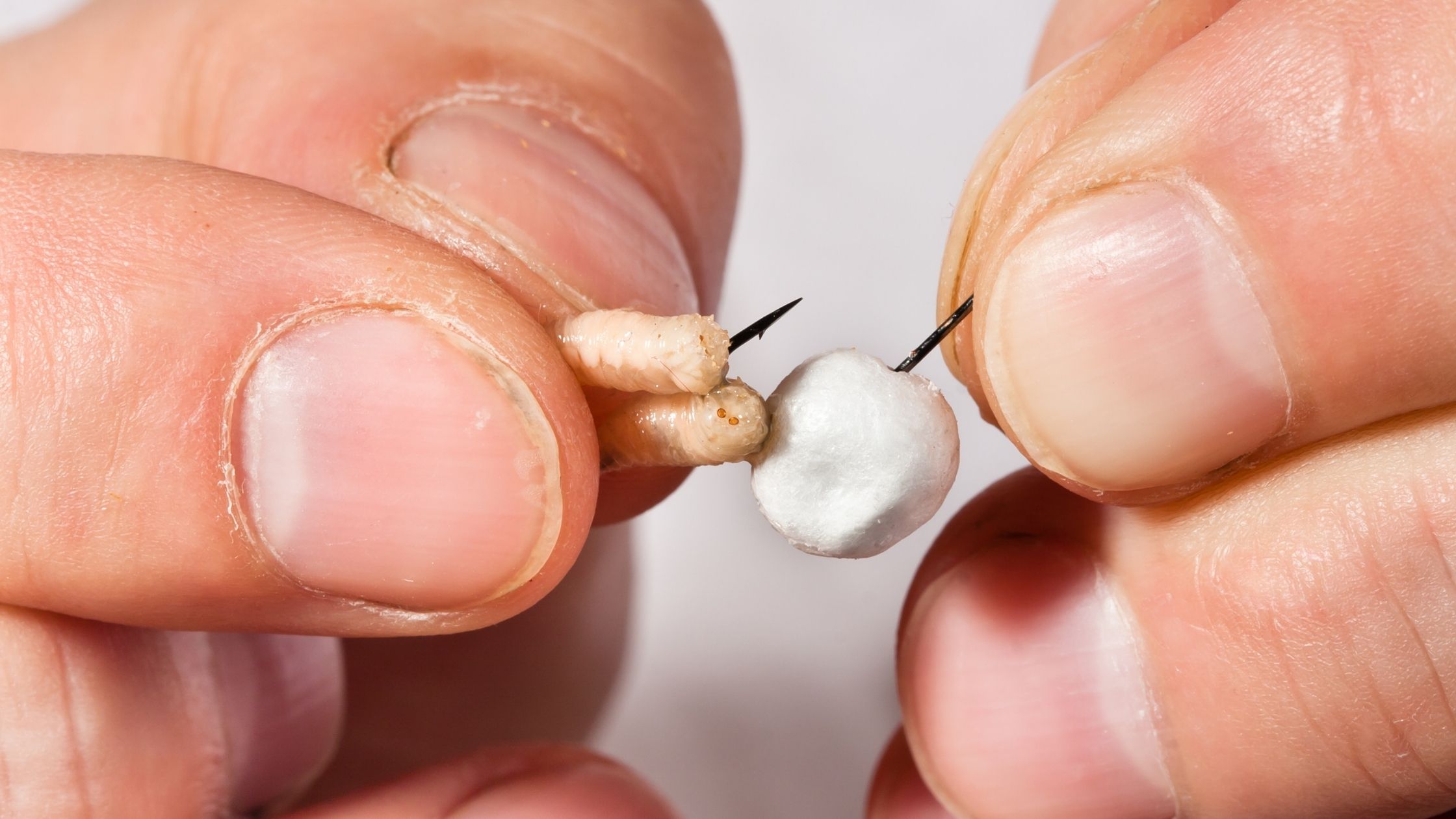
There are different sizes and lengths of bait, which is why there are different kinds of bait hooks. They often have extra barbs on the shank and the bend. They are designed to keep the bait steady on the hook, which is quite useful for catching creatures, such as squirming worms.
Jig Hook
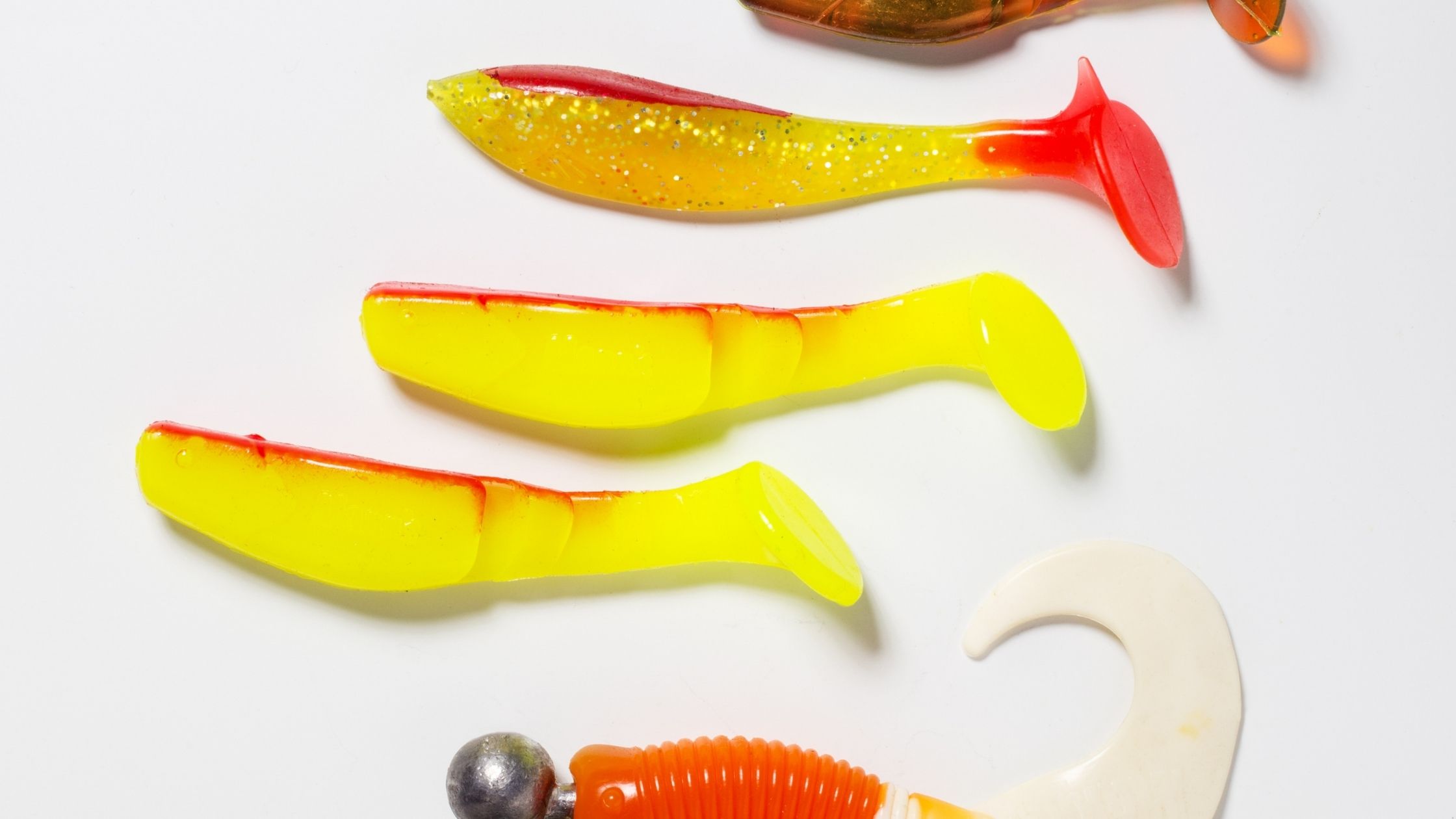
Jig hooks are a type of fishing hooks usually used to make heavier jighead hooks. Jig molds form the added weight components to the jig hooks, which are available in various weights detailed in ounces. The eye of a jig hook is bent at 90 degrees to ensure better jig movement. Jig hooks are often barbed, but anglers often remove barbs to allow them to catch and release.
Aberdeen Hooks
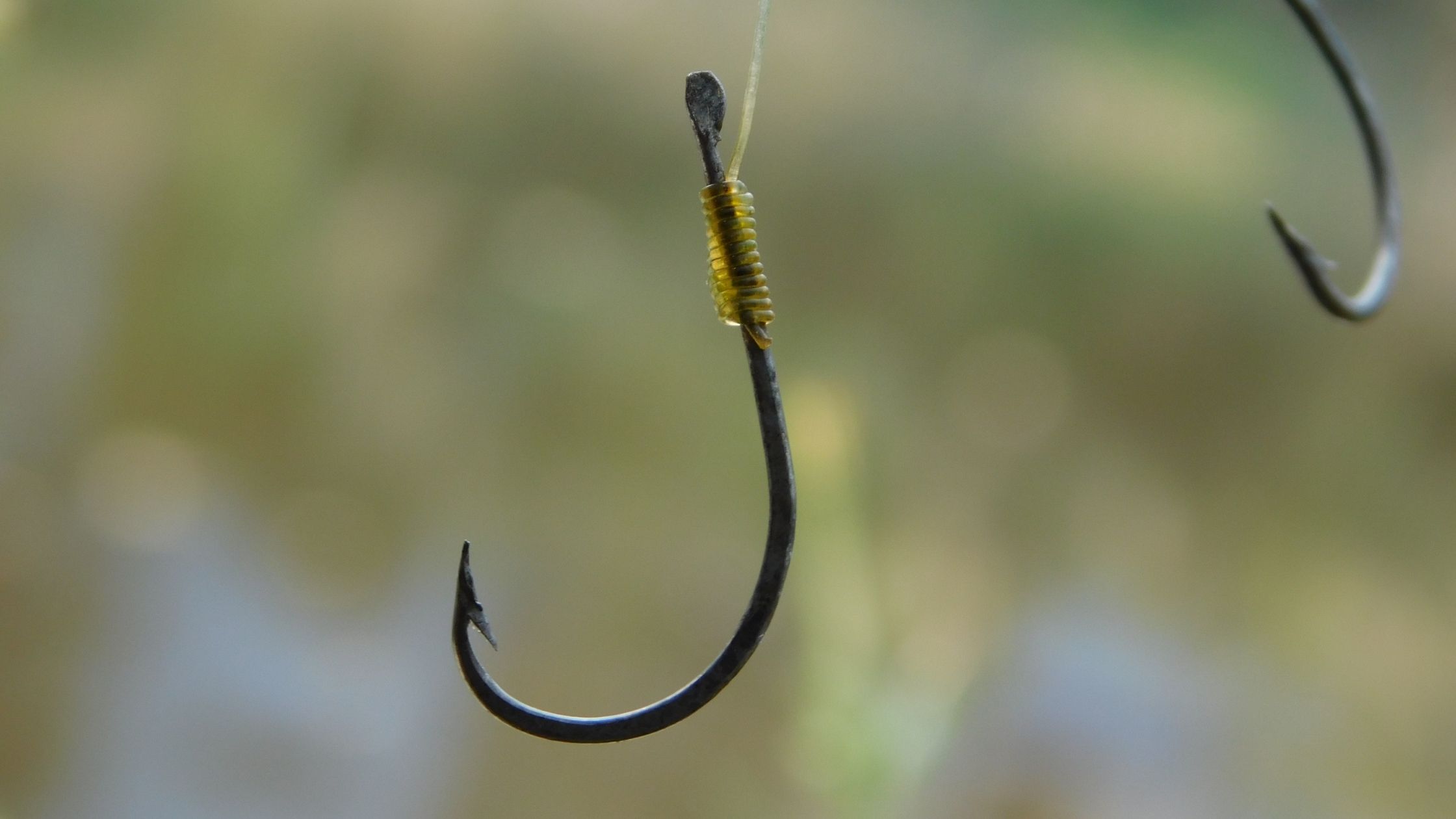
Aberdeen hooks are a type of fishing hooks created from thin, lightweight wire. They feature a wide gap between the shank and the point. Its thinness is designed to hook bait easily while avoiding damage so that the bait remains alive on the hook.
Kahle Hooks
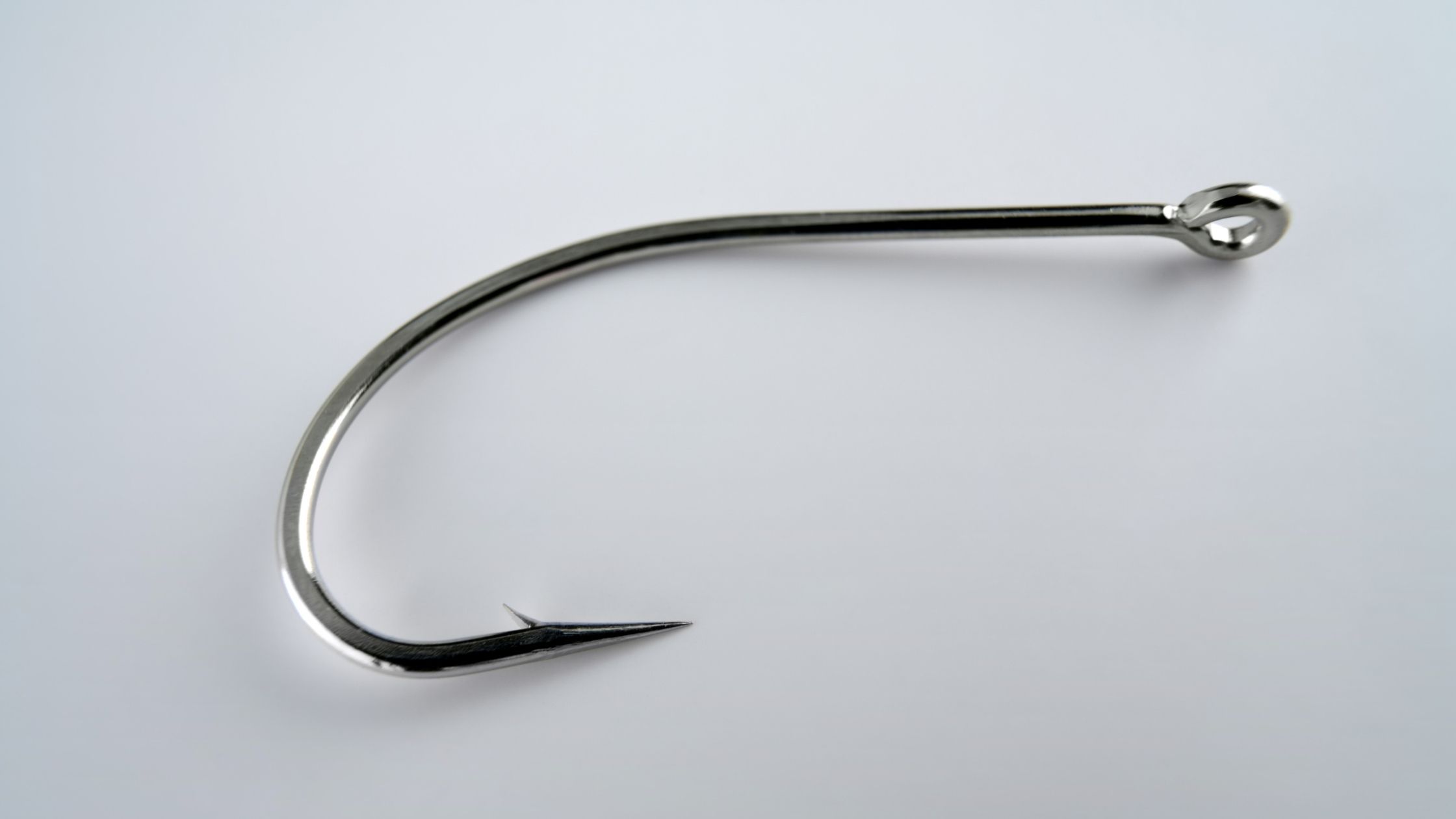
These are similar to circle hooks, but their points are not bent. Kahle hooks have wide gaps and are created from robust wire fit for catching hard-fighting fish. Their shape allows them to hold large baits efficiently. Kahle hooks are ideal for catching bass, trout, catfish, drum, redfish, and flounder.
Weedless Hooks
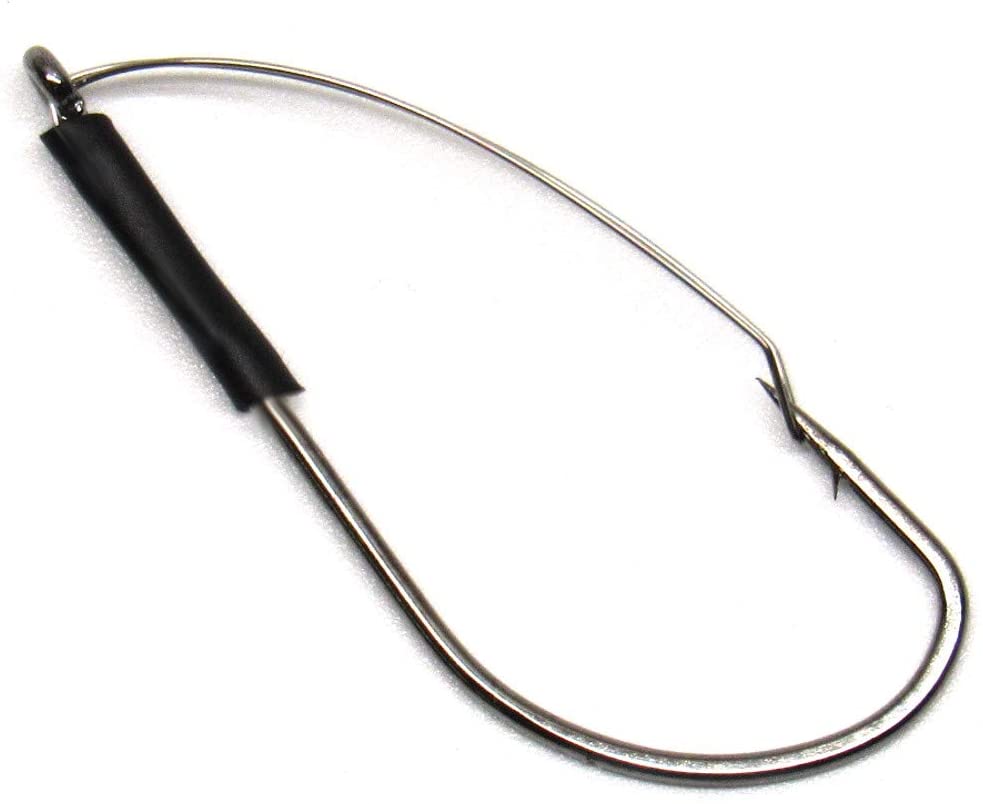
Weedless hooks are designed to avoid being caught amongst weeds or other debris. They are shaped differently than other fishing hooks. Weedless hooks feature a plastic weed guard that travels from the eye of the hook to the hook’s point, narrowing the space in between and forming an ‘O’.
J Hooks
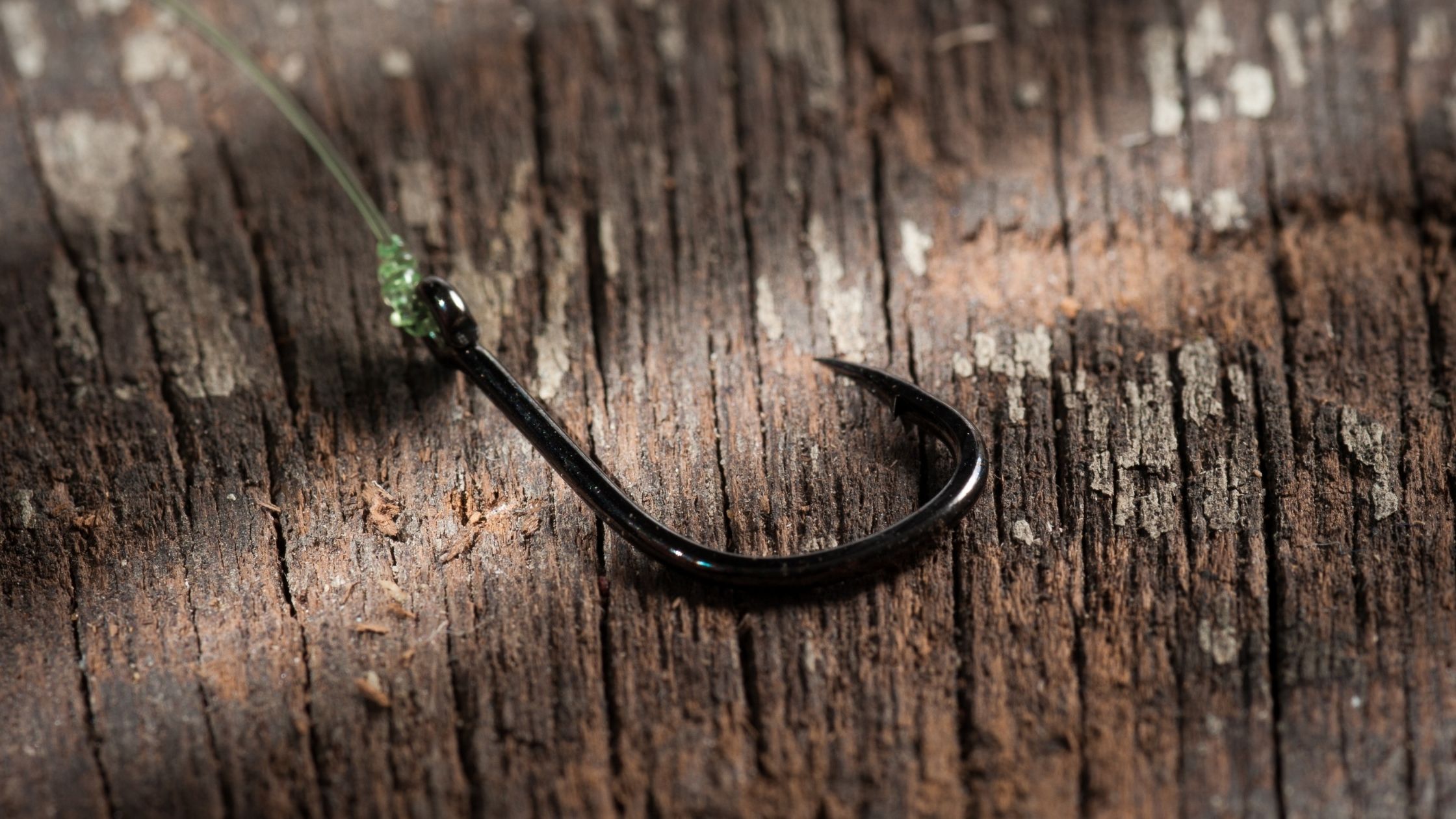
J hooks look similar to the letter J. they function by allowing you to latch it onto a fish’s mouth with a swift, upward jerk. These hooks usually have a straight shank with a curve following it. J hooks differ in style to catch different kinds of fish.
Siwash Hooks
These types of fishing hooks have a long shank and a straight eye to enable them to stabilize atop lures. Siwash hooks are popularly used on single-hook baits like spinnerbaits. They also serve as reliable alternatives to baits, such as factory-provided treble hooks on spoons.
Keel Fly Hooks
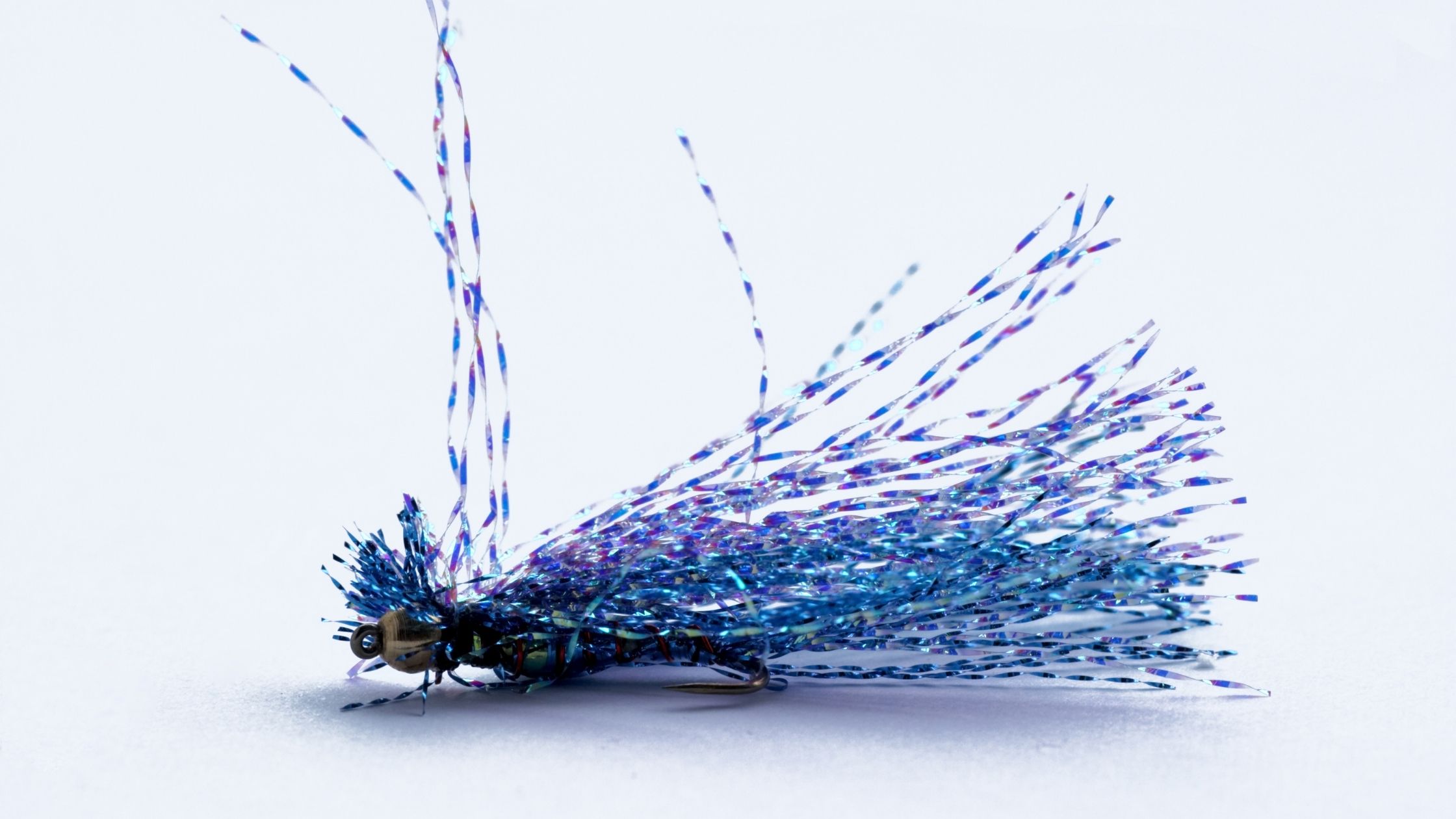
Flies are tied to these hooks, with the hook point turned upwards inside the water. Keel fly hooks tend to snag less often on the bottom. As a result, you would be able to fish deeper using a streamer of nymph imitation.
Circle Hooks
Circle hooks are similar in size to J hooks and come in an equally wide range. As they are frequently used in saltwater, large circle hooks for catching groupers and sharks are large enough to encircle a teacup. Small circle hooks are also available for catching other freshwater fish.
Weighted Worm Hook
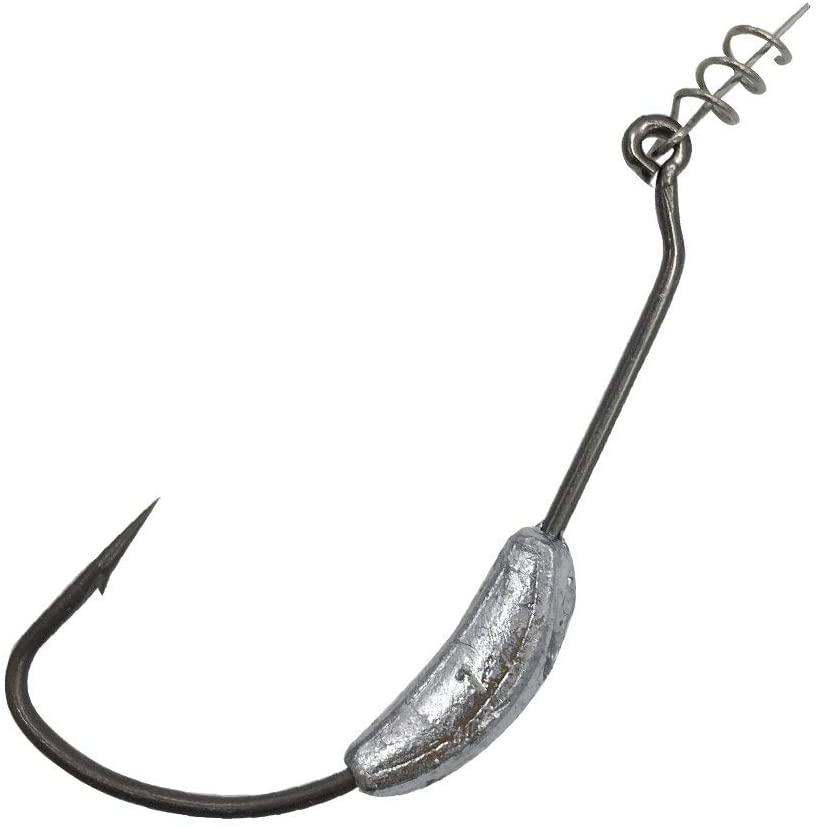
These are made with a weighted head that allows you to use a living bait. The weight enables the hook to sink well in deep areas, keeping it at suitable angles to gain the attention of more fish. The strong and pointed hook penetrates the water well and hold onto the fish securely.
Worm Hook
Worm hooks are designed to be used with artificial worms are lures. They are available in a variety of shapes and sizes. Worm hooks are created in a way to form a small bend near the eye. This can hold the worm’s head as its body is pierced and the remaining part wiggles freely.
Octopus Hook
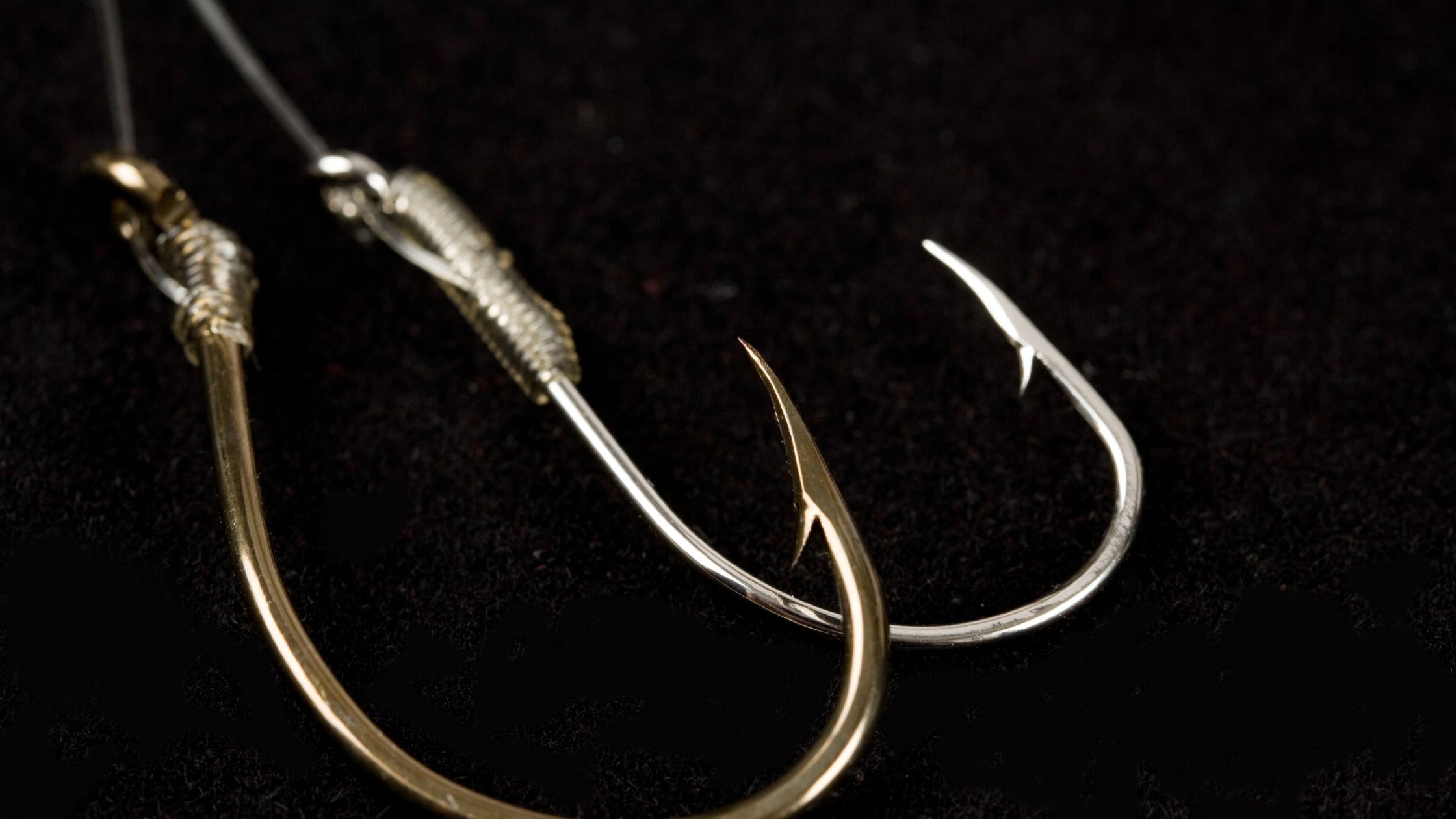
Octopus hooks are not names because they help catch octopuses or because of their shape. Instead, octopus hooks derive their title due to their short and curved shank and a sharp barb and point. They are usually used for bait fishing when a low hook size and weight are required.
Sickle Hook
These hooks feature a certain kind of angled bend, generally about 45 degrees. This is designed to prevent live bait-like minnows from climbing up the hook. More importantly, it is made for securing the fish onto the hook more properly than other rounded hook varieties.
Round Jighead Hook

This is one of the most popular jighead hooks. It has a symmetrical head that penetrates water fast and sinks without much action on the fall. The hook shank rests flat while the eye points upwards.
Treble Hook
Treble hooks are 3 in 1 hooks with one eye and shank. It further extends into three bends and points. These hooks are best for artificial lures. However, they may cause damage to the fish, which is why it is better to only use them for fish you intend to keep. Treble hooks are prohibited in certain waters.
Double Hook
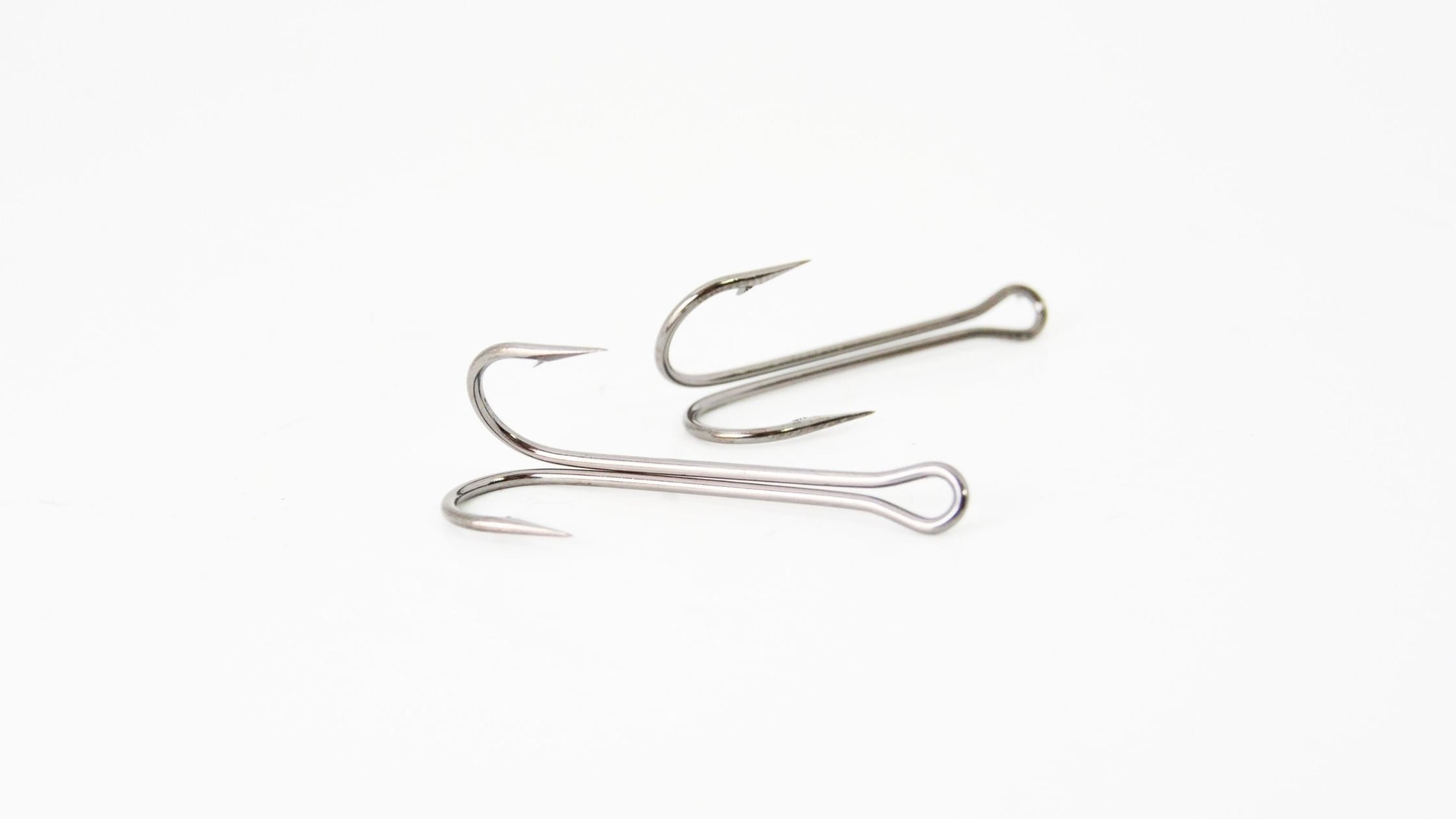
Double hooks are exactly how they sound like. They consist of a shank of two hooks that have two curves and points. They may come in different sizes.
Shaky Worm Jighead Hook
These consist of a wire, spring, or some other type of keeper to secure soft baits like worms. The jighead shape is crafted to help the hook and bait up on the bottom.
Jighead Hook
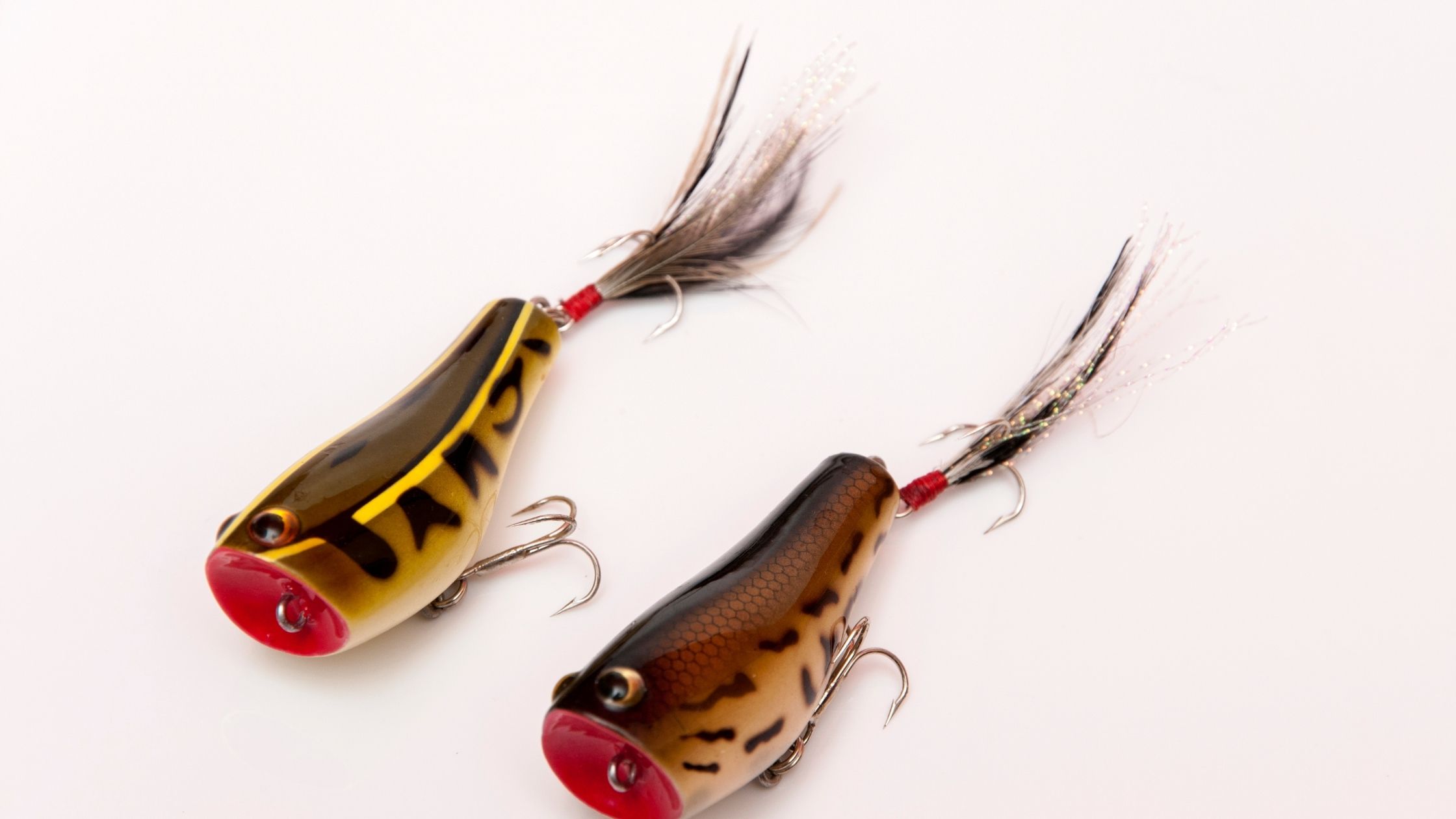
Jighead hooks come in a variety of shapes and sizes. Premium jigheads feature sharp hooks, while the more affordable variety features standard hooks. Light wire jighead hooks are designed for soft-mouth fish, while strong wire ones are more suited for weedy or rocky water.
Final Words on Types of Fishing Hooks
A fishing hook works either by piercing the fish’s mouth or snagging its body, with the latter being less common. When it comes to fishing hooks, there is a wide range you can choose from. The type of fishing hook you choose will depend on the kind of catch you are targeting and the type of water body you are fishing in. It is also important to take the size of the hook into account so that you are able to secure your catch effectively.
Shop Now Hooks
